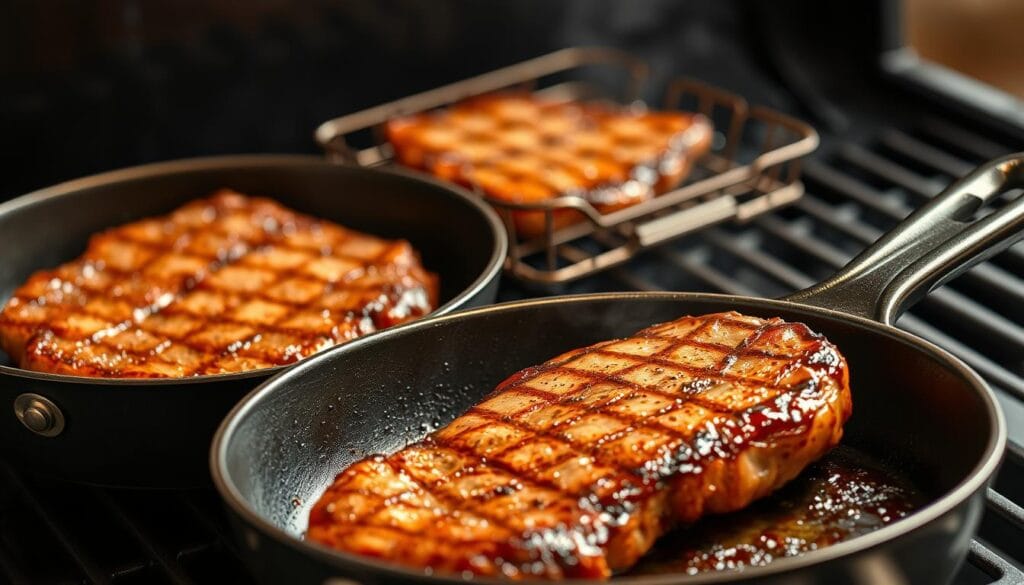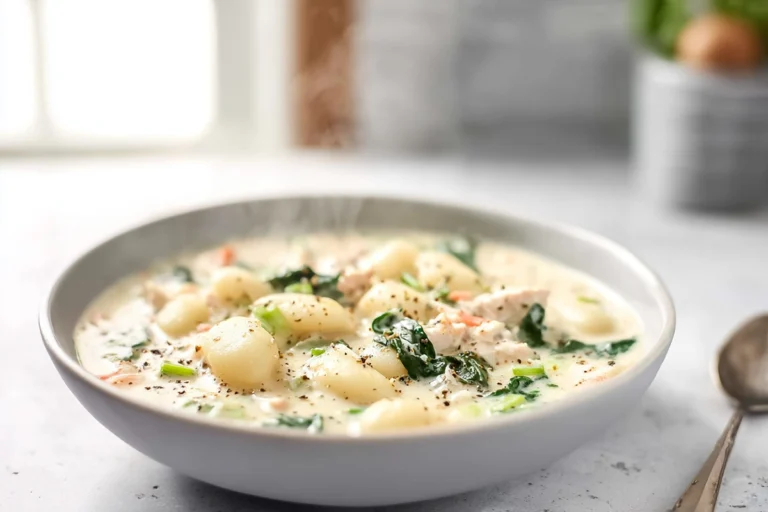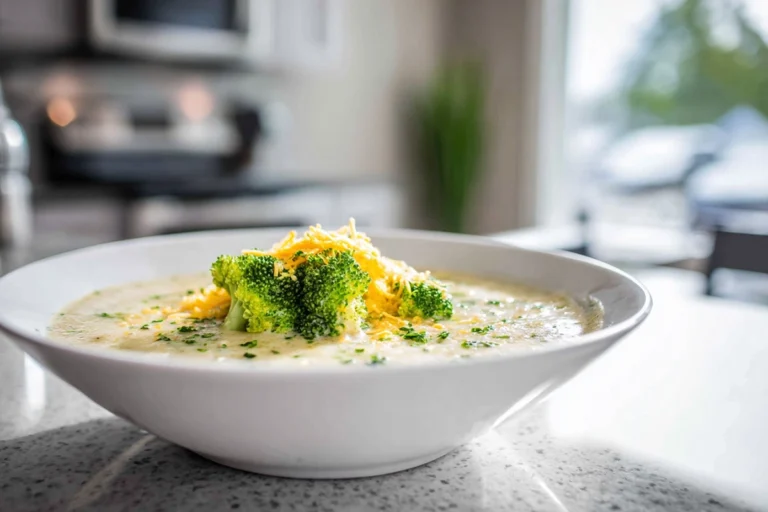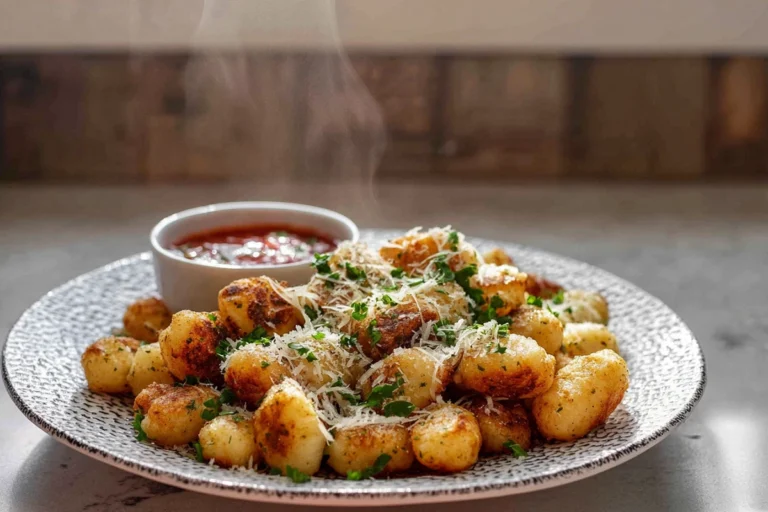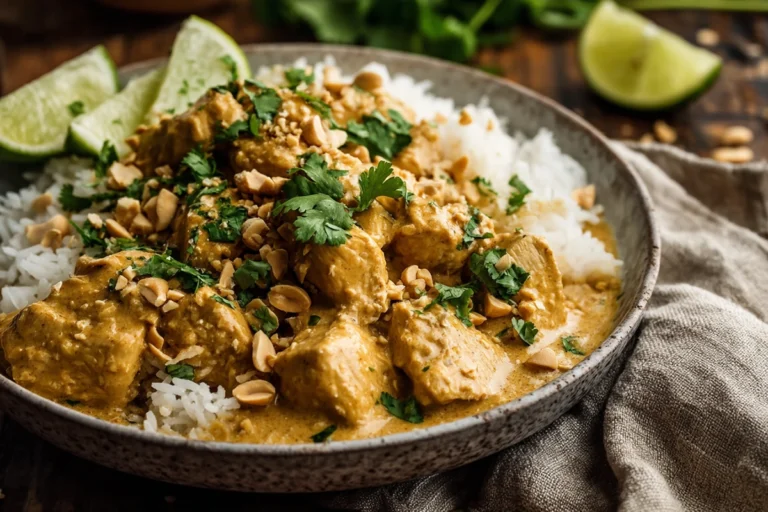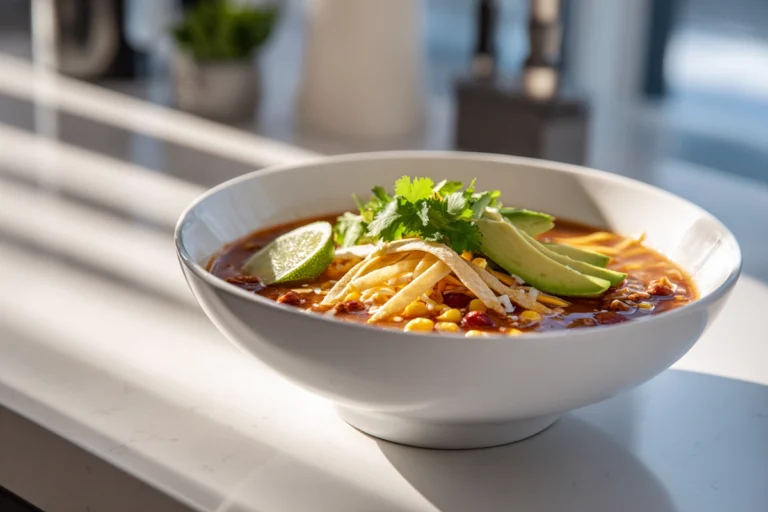Tender Thin Steak Cooking Tips: How to Make It Juicy Every Time

This thin steak recipe is your go-to guide for cooking juicy, tender steak every time. Thin cuts, such as skirt or hanger steak, are often overlooked, but with the right technique, they can be just as flavorful as thicker cuts. Whether it’s a quick weeknight dinner or a special occasion, this method delivers restaurant-quality results at home.
The secret to a successful thin steak recipe lies in the process. Controlling the heat and time ensures your meat stays juicy and tender. A hot pan, a dash of oil, and a sprinkle of salt are all you need to start. The surface of the beef should sizzle as it hits the pan, locking in flavor and creating a perfect sear.
This article will guide you through the best methods for cooking thin cuts, from stovetop searing to grilling and air frying. You’ll learn how to select the right piece, season it properly, and consistently achieve the ideal temperature. Let’s turn your next meal into a juicy, mouthwatering experience.
Table of Contents
Understanding Thin Steak: Cuts and Preparation
Mastering the art of cooking beef starts with understanding the cut you’re working with. Different pieces of meat have unique textures and flavors, and knowing how to prepare them ensures a delicious result. Whether you’re using a skirt, hanger, sirloin flap, or flank, each cut requires specific techniques to bring out its best qualities.
Different Cuts and Their Characteristics
Skirt steak is known for its rich flavor but can be tough if not prepared correctly. Hanger steak, often referred to as the “butcher’s cut,” is tender and beefy, making it a favorite among many. Sirloin flap offers a balance of flavor and texture, while flank steak is lean and perfect for marinating. When choosing a cut for your thin steak recipe, understanding these differences helps you select the perfect one for a juicy, flavorful result.
Preparing Your Steak for Cooking
Proper preparation is key to achieving tender, juicy results. Start by slicing against the grain to break down tough fibers. Use a meat mallet to tenderize thicker cuts, and marinate with salt, pepper, and your favorite seasonings for at least 30 minutes. A hot cast iron pan or grill ensures a perfect sear, locking in flavor. Timing is crucial—cook each side evenly and use the “flip cook” method for consistent results.
By understanding your cut and preparing it properly, you’ll transform even the simplest piece of beef into a mouthwatering masterpiece. The right tools, techniques, and a little patience go a long way in creating a meal you’ll love.
Cooking Methods: From Cast Iron Skillet to Air Fryer
From stovetop to air fryer, each method brings out unique flavors in your meat. Whether you prefer a quick sear or a slow braise, the right technique ensures juicy, tender results every time. Let’s explore the best ways to cook your beef to perfection.
Stovetop Searing and Grilling Tips
For a quick and flavorful meal, stovetop searing is a go-to method. Heat a cast-iron pan to 400°F and add a small amount of oil. Place your meat in the pan and let it sizzle. Flip every minute to avoid overcooking. This ensures an even sear and locks in juices.
Grilling is another excellent option. Preheat your grill to high heat and cook each side for 4-5 minutes on each side. Use a meat thermometer to check for doneness. Rest your beef for 5 minutes before serving to keep it tender and juicy.
Braising and Oven Techniques
Braising is perfect for tougher cuts. Start by searing your meat in a hot pan. Then, transfer it to an oven with added liquid, such as broth or wine. Cook at 275°F for 2 to 3 hours. This slow process breaks down fibers, resulting in melt-in-your-mouth beef.
For oven roasting, preheat to 400°F and cook for 15-20 minutes. Use a meat thermometer to ensure the internal temperature reaches your desired level. Resting is key to maintaining juiciness.
Exploring Air Fryer and Deep Frying Options
An air fryer is a modern method for cooking beef quickly and evenly. Preheat to 420°F and cook for 9-12 minutes, flipping the meat halfway through. This method creates a crispy exterior while keeping the inside tender.
Deep-frying is less common, but it can yield delicious results. Heat oil to 375°F and cook for 3-4 minutes. Use a thermometer to monitor the oil temperature and avoid overcooking.
Each method has its advantages. Experiment to find your preferred method of cooking beef. With the right technique, you’ll achieve perfect results every time.
Flavor Enhancements: Seasoning, Marinades, and Searing Techniques
Elevating the flavor of your meal starts with the right seasoning and techniques. Whether you’re preparing a quick dinner or a special feast, marinating and searing can make all the difference. These methods enhance taste, improve tenderness, and create a perfect balance of texture.

Marinating Your Meat for Maximum Flavor
Marinating is a simple yet effective way to infuse flavor and improve tenderness. Use acidic ingredients like yogurt, buttermilk, or raw pineapple to break down fibers. Combine these with spices, salt, and pepper for a rich marinade. Timing is key—marinate for at least 30 minutes or up to 24 hours for thicker cuts.
Here’s a quick guide to marinating times:
| Cut | Marinating Time |
|---|---|
| Skirt | 4-6 hours |
| Flank | 6-8 hours |
| Hanger | 2-4 hours |
Searing and Flipping Techniques for a Perfect Thin Steak Recipe
Searing locks in juices and creates a flavorful crust. Heat your pan to 400°F and add a bit of oil. Place your meat in the pan and let it sizzle. Flip every minute to ensure even cooking and prevent overcooking. This technique keeps the outside crispy while maintaining a tender interior.
For added richness, use butter during the last minute of cooking. Pair your dish with roasted vegetables or a fresh side salad for a balanced meal. With these tips, you’ll achieve restaurant-quality results every time.
Cooking beef to perfection is all about precision and attention to detail. Whether you’re using a cast iron pan, grill, or oven, controlling the heat and time ensures juicy, tender results. Proper preparation, like marinating and slicing against the grain, enhances both flavor and texture.
Small details make a big difference. A hot pan and a little oil create a perfect sear, while flipping every minute prevents overcooking. Experiment with various methods to discover your preferred way to cook beef.
Even budget-friendly cuts can shine when treated with care. Try these tips to elevate your next meal and share your cooking experiences. With the right techniques, you’ll create a restaurant-quality dish every time.
FAQ
What are the best cuts for a tender thin steak?
Cuts like flank, skirt, or flat iron work well. They are lean and cook quickly, making them ideal for achieving tenderness.
How do you prepare a thin steak before cooking?
Pat the meat dry with a paper towel, season generously with salt and pepper, and let it sit at room temperature for about 20-30 minutes for even cooking.
What’s the best way to cook a thin steak on the stovetop?
Use a cast iron pan or skillet. Heat it over high heat, add a bit of oil, and sear the meat for 1-2 minutes per side for a perfect crust.
Can you cook a thin steak in the oven?
Yes, but it’s best to sear it first in a hot pan, then finish in a preheated oven at 400°F for a few minutes to reach your desired doneness.
How do you marinate a thin steak for extra flavor?
Combine ingredients like soy sauce, garlic, olive oil, and spices. Let the meat soak for at least 30 minutes or up to 4 hours in the fridge.
What’s the key to a good sear on a thin steak?
Ensure your pan is hot before adding the meat. Avoid moving it around; let it sear undisturbed for 1-2 minutes per side.
Can you use an air fryer to cook a thin steak?
Absolutely! Preheat the air fryer to 400°F, cook for 6-8 minutes, flipping halfway through, for a quick and juicy result.
How do you know when a thin steak is done?
Use a meat thermometer. For medium-rare, aim for 130-135°F. Remember, the meat will continue to cook slightly after removing it from the heat.
What are some good side dishes to pair with a thin steak?
Try roasted vegetables, mashed potatoes, or a fresh salad. These sides complement the rich flavor of the meat perfectly.
How do you store and reheat leftover thin steak?
Store it in an airtight container in the fridge for up to 3 days. Reheat gently in a pan with a bit of butter to retain moisture.
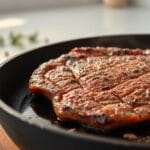
Tender Thin Steak: Cooking Tips for Juicy Perfection
- Total Time: 16 minutes (not including optional marinating time)
- Yield: 4 servings 1x
- Diet: Low Fat
Description
This guide to cooking thin steak shows how to turn quick-cooking cuts like skirt or flank into juicy, tender, and flavorful meals. Master heat control, searing techniques, and marinades for perfect results every time—whether you’re using a skillet, grill, oven, or air fryer.
Ingredients
1½ pounds thin steak (skirt, flank, hanger, or sirloin flap)
2 tablespoons olive oil
Salt, to taste
Black pepper, to taste
Optional marinade:
¼ cup olive oil
2 tablespoons soy sauce
1 tablespoon lemon juice
2 garlic cloves, minced
1 teaspoon smoked paprika
Instructions
-
Pat steaks dry with paper towels and season both sides with salt and pepper.
-
(Optional) Marinate steaks in olive oil, soy sauce, lemon juice, garlic, and paprika for 30 minutes to 4 hours in the refrigerator.
-
Preheat a cast iron skillet or grill over high heat (about 400°F).
-
Add 1 tablespoon of olive oil to the pan.
-
Sear steaks for 1–2 minutes per side, flipping every 30–60 seconds to ensure even cooking and a perfect crust.
-
Use a meat thermometer to check for doneness (130–135°F for medium-rare).
-
Remove from heat and let rest for 5 minutes before slicing.
-
Slice against the grain for maximum tenderness. Serve immediately.
Notes
Thin steaks cook quickly—don’t walk away while cooking.
Resting allows juices to redistribute for a juicier bite.
For oven or air fryer methods, sear first or flip halfway to avoid overcooking.
Marinate acidic ingredients briefly to avoid toughening the meat.
- Prep Time: 10 minutes (plus marinating time if using)
- Cook Time: 6 minutes
- Category: Main Course
- Method: Searing, Grilling, or Air Frying
- Cuisine: American
What Are Our Readers Saying?
There are no reviews yet. Be the first one to write one.


